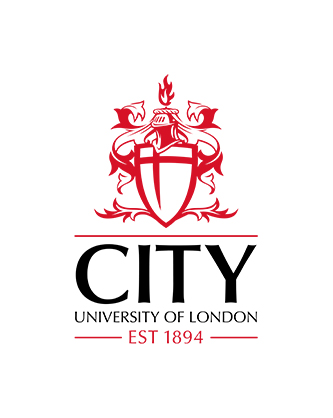A tilt after-effect for images of buildings: Evidence of selectivity for the orientation of everyday scenes
Ismail, A. M. H., Solomon, J. A., Hansard, M. & Mareschal, I. (2016). A tilt after-effect for images of buildings: Evidence of selectivity for the orientation of everyday scenes. Royal Society Open Science, 3(11), article number 160551. doi: 10.1098/rsos.160551
Abstract
The tilt after-effect (TAE) is thought to be a manifestation of gain control in mechanisms selective for spatial orientation in visual stimuli. It has been demonstrated with luminance-defined stripes, contrast-defined stripes, orientation-defined stripes, and even with natural images. Of course, all images can be decomposed into a sum of stripes, so it should not be surprising to find a TAE when adapting and test images contain stripes that differ by 15° or so. We show this latter condition is not necessary for the TAE with natural images: adaptation to slightly tilted and vertically filtered houses produced a “repulsive” bias in the perceived orientation of horizontally filtered houses. These results suggest gain control in mechanisms selective for spatial orientation in natural images.
| Publication Type: | Article |
|---|---|
| Additional Information: | © 2016 The Authors. Published by the Royal Society under the terms of the Creative Commons Attribution License http://creativecommons.org/licenses/by/4.0/, which permits unrestricted use, provided the original author and source are credited. |
| Publisher Keywords: | natural images, global orientation, tilt after-effect, spatially non-specific |
| Subjects: | R Medicine > RE Ophthalmology |
| Departments: | School of Health & Medical Sciences > Optometry & Visual Sciences |
| SWORD Depositor: |
Available under License Creative Commons Attribution.
Download (749kB) | Preview
Export
Downloads
Downloads per month over past year


 Metadata
Metadata Metadata
Metadata